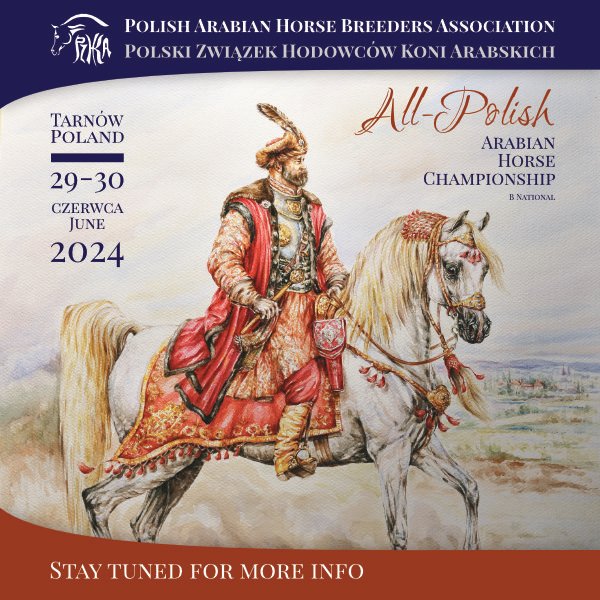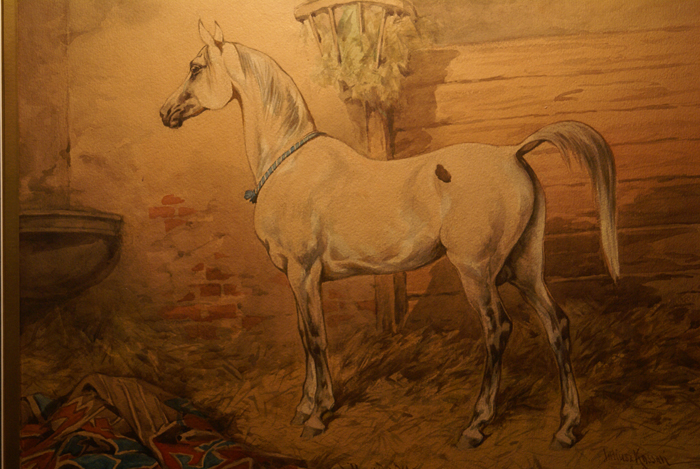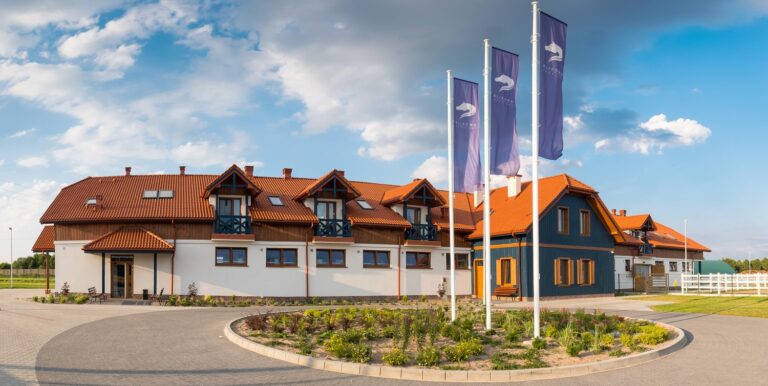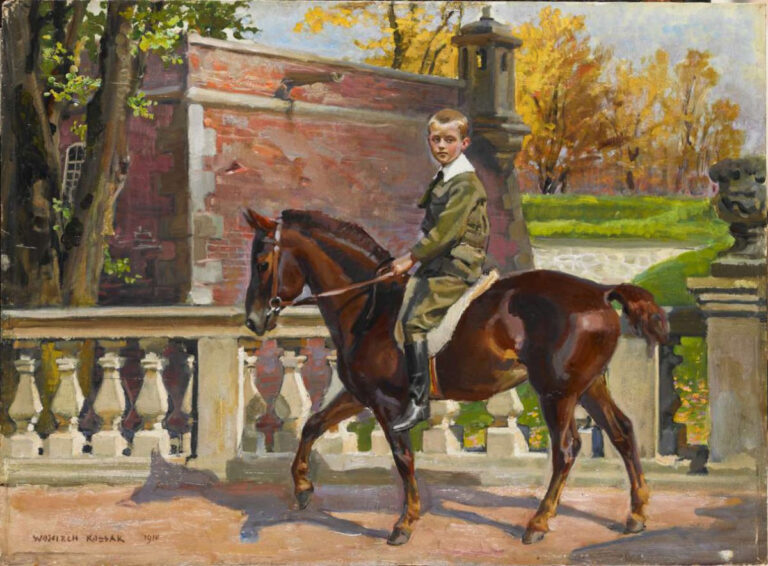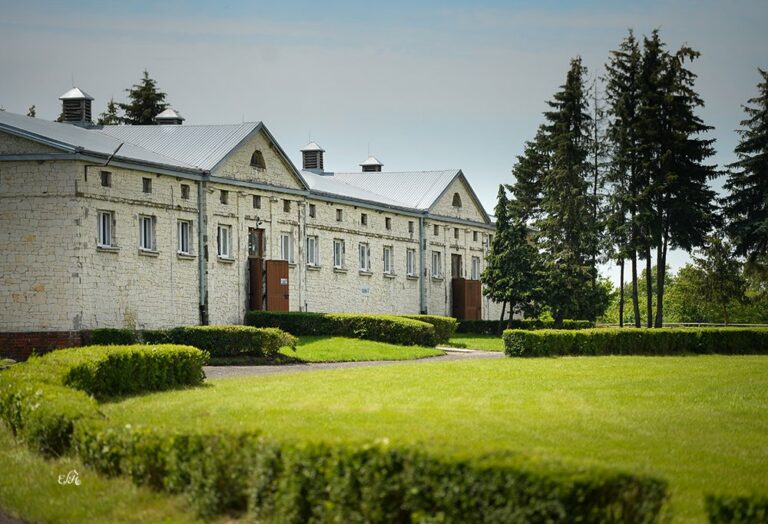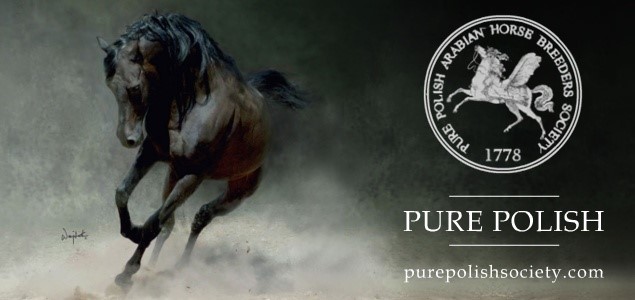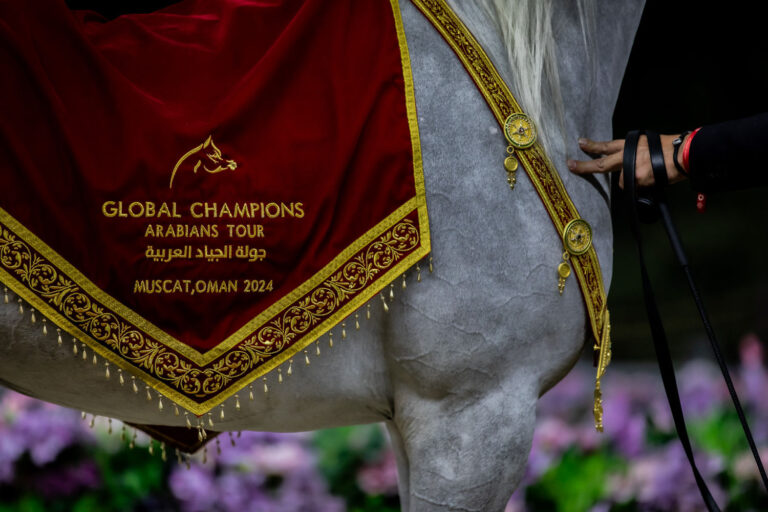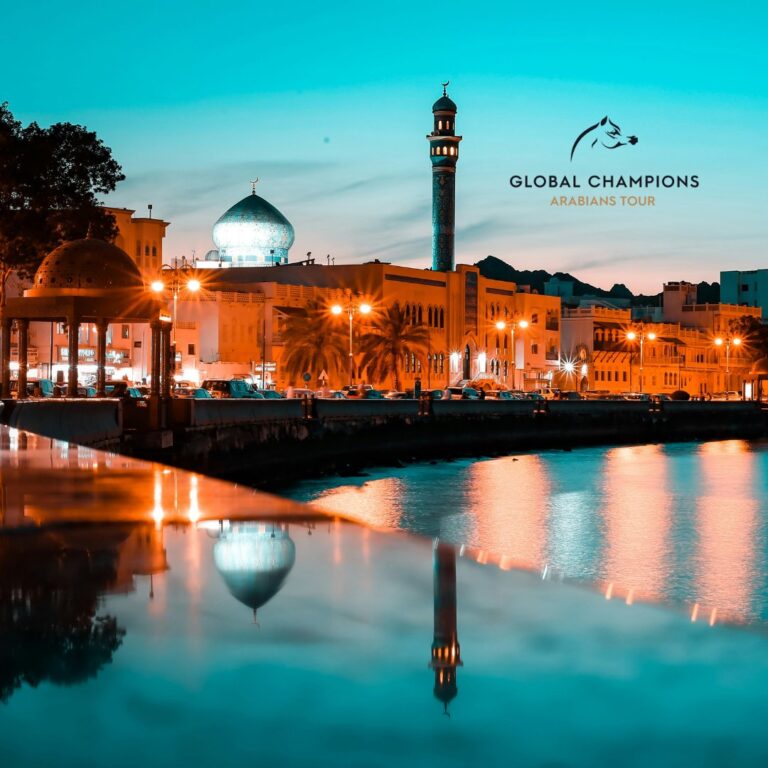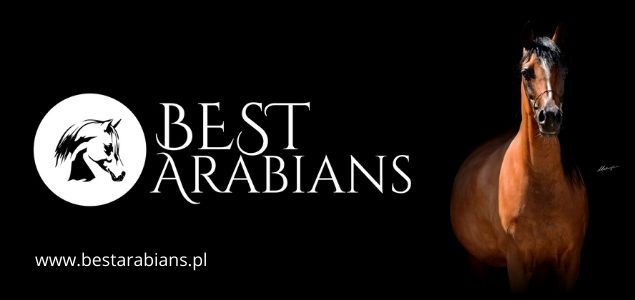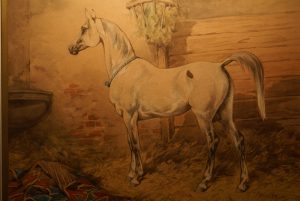
A epoch-making event in two contradictory accounts
"It is from there that the most exquisite, world famous dam and sire lines originate, it is there that the most refined horses were imported to from the desert", wrote for the polskiearaby.pl website & e-magazine Krzysztof Czarnota about the former Polish Eastern Borderlands and JARCZOWCE*, a stud that belonged to the aristocratic family of the Dzieduszycki counts. The most outstanding breeder in this family turned out to be JULIUSZ DZIEDUSZYCKI (1817–1885) who inherited Jarczowce after the death of his father in 1842 and together with that estate – 24 Arabian mares. The prime and greatness of the Jarczowce stud lasted a good quarter of a century and in that time, as well as a good deal later, "there wasn‘t a stable rearing oriental horses in Galicia** and even further, which didn‘t have at least one chief sire or broodmare from the Jarczowce herd", as reported by Stefan Bojanowski***.
A huge event for the stud at Jarczowce was the purchase of a grey desert bred Arabian named 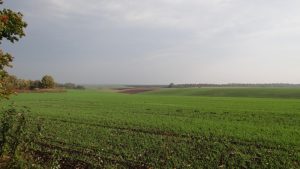
This adventure was described by Stefan Bojanowski in his "Profiles of Oriental Horses and Their Breeders" (1904): "In order to make the purchase Juliusz received a full purse of ducats in gold from his father, took all of his own money and went to Lviv by carriage, drawn by a team of four horses. Having looked upon Bagdad he became so enthusiastic that he not only gave all the ducats he received from his father and those which he took from his own coffers (and it is said that there was quite a lot in there) for the steed, but also sold the four carriage horses, the carriage itself, the rugs and a whip richly fitted in silver to gather the demanded sum for the horse. He travelled back to Jarczowce atop Bagdad, while the coachman returned home on foot."
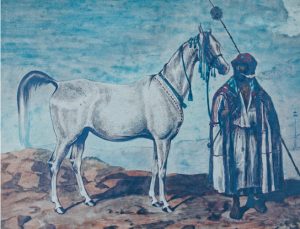
The account of this journey was written down in a humorous way by Szczęsny Morawski (under the nickname of Bartłomiej Arbuzowski), in a supplement to the Cracovian paper "Czas" ["Time‘] (1857). According to Morawski, Bagdad was one of the stallions imported from the desert to Jarczowce at that time. His version is negated by other accounts, much more reliable, from the 90s of the 19th century. Bojanowski, when writing his version of the story, based exactly on these accounts. The publications appeared, among others, in the "Gazeta Lwowska" ["The Lviv Times‘]. "There was a very good atmosphere around the studs at Podole and Volhynia at the time. It was thought that these kind of stories were attractive for readers and that‘s why a lot of effort was put into documenting them with great care", says Professor Kazimierz Karolczak of the Institute of History of the Pedagogical University in Cracow, author of "The history of the Dzieduszycki family. The Poturzycki and Zarzecki sub-lines" (2000). "Morawski, although he was also of noble origin, did not meet with Dzieduszycki. There is no evidence that he set foot in Jarczowce. In turn Juliusz travelled to Lviv, but did not visit Cracow."
Therefore Morawski‘s story is probably far from the historical truth. It shows, however, the strength of the Jarczowce legend in those times. "Without any doubt it is a description that was to include some literary and sensational qualites", explains Professor Karolczak. "The author was not very attached to facts, because he never expected anyone to ever analyze them so scrupulously in the future".
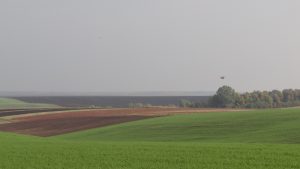
The eye does not trust itself
But returning to Bagdad. Morawski probably allowed himself to get carried away by his imagination and lacked historic credibility; however there is one thing that he didn‘t lack: a sense of humor. Even today, after 157 years of the text‘s publication, it is hard not to laugh when reading, though we are aware that when presenting the clash of two cultures – European and Middle Eastern, belletrist Morawski introduced a lot of fiction. He transformed overheard anecdotes and played strongly on stereotypes common in those times. However the admiration over the beauty of Arabian horses appears very genuine. "Oh! That who has not known an Arabian horse, who has not studied its nature and virtues, will never know why, right after human beings, the horse is the most beautiful among all heavenly creatures. Which animal could equal it? (…) With what marvel? what courage? what valor in battle? what loyalty to its master?". Whereas he describes Bagdad as: "The stallion‘s coat was the color of cow milk, freshly collected, the tail and mane flowing in the air glittered with silver in the sun; the nostrils flared with blood and fire, and a black, prominent eye looked at you with a certain sorrow which only the purest Arabians tend to have. You could say that the horse has a soul, a soul which feels its valor and magnificence and which is sad that the creator has trapped it inside a body of an animal! Each vein pulsed with life, each flexed tendon revealed the animal‘s pureness and the entire silhouette and posture was so perfect, and movement and turns so graceful and round, that the eye, watching the horse in awe, did not trust what it saw". Though Morawski never saw Bagdad, we can easily believe that the horse was indeed worth the many sacrifices and every penny.
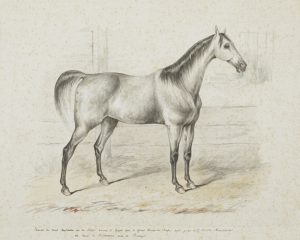
—————————————————————
* This stud, similar to the others, did not survive. The only ones to survive the extermination of World War I and the Bolshevik invasion in the years 1917–1918 were the mare Pomponia 1902 and three fillies, which sent to Janów formed the foundations of the stud (Gazella II 1914, Mlecha 1914 and Zulejma 1914). Descending from Pomponia and Zulejma was the epochal Ofir.
** Galicia – historic and geographic region in Central Europe, once a small kingdom that currently straddles the border between Poland and Ukraine. First mentioned in Hungarian historic chronicles as Galicia (1206).
*** Stefan Bojanowski (1850–1910), author of many studies on horses, especially of the Galicia and borderland estates. Both quotations from: "Sylwetki koni oryentalnych i ich hodowców" ("Profiles of Oriental Horses and Their Breeders"), 1906.
Read more:
Jarczowce. Tracking down Mlecha, Gazella and Sahara
Who was Gliocco, the seller of Bagdad
Download the PDF version of the article»


